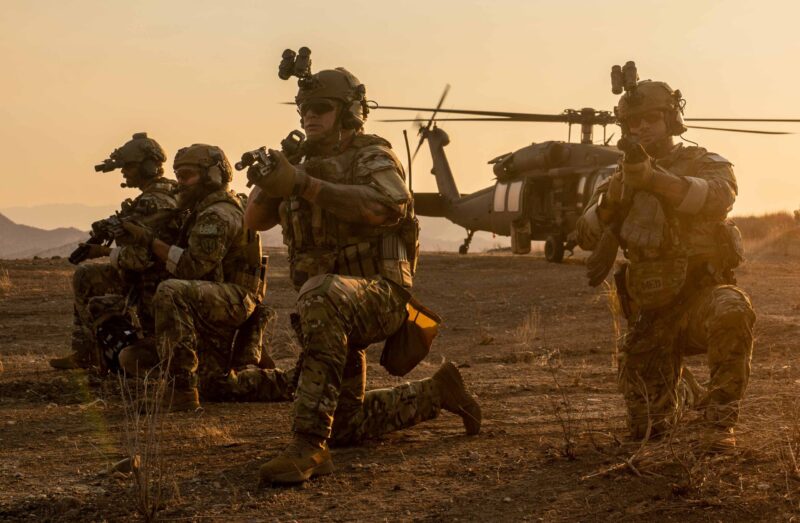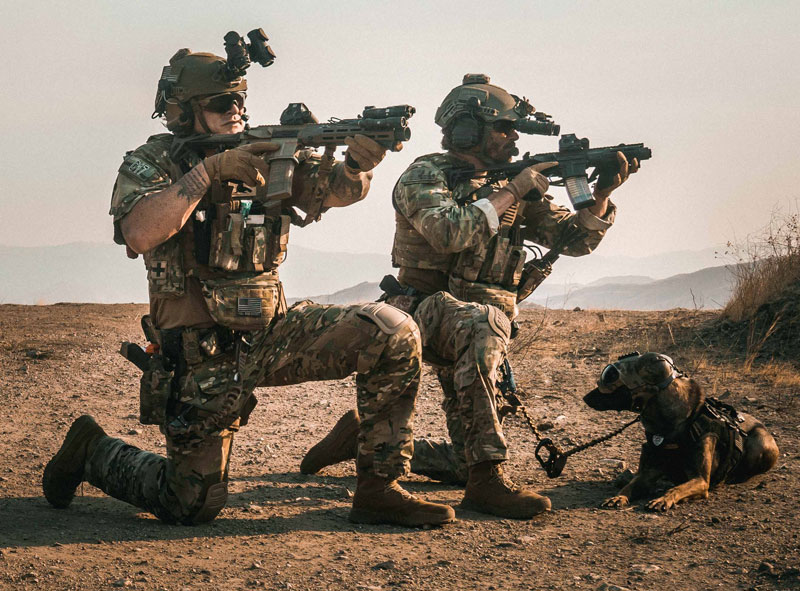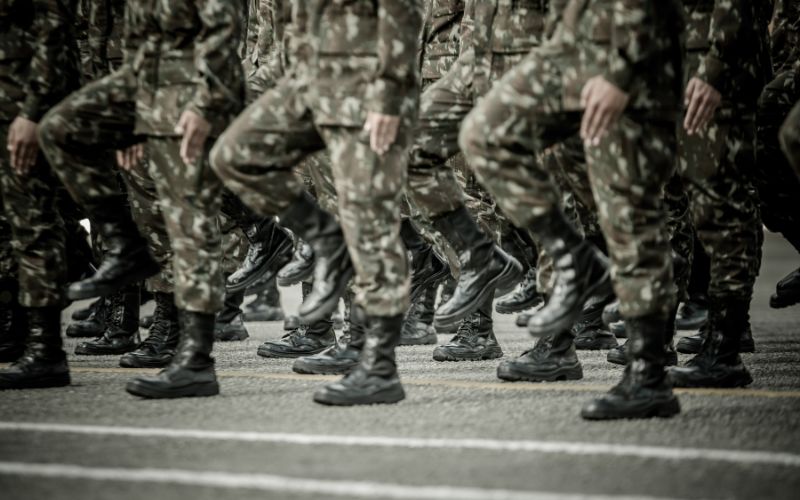Color Psychology in Tactical Uniforms and Its Strategic Impact

In tactical operations, whether military, law enforcement, or security, uniforms are not just a matter of clothing; they are tools of influence, perception, and strategy. The colors of these uniforms are not random; they are chosen deliberately based on color psychology, intended to evoke specific emotions, behaviors, and reactions from both the wearers and observers. The psychological effect of uniform colors can be leveraged to improve tactical operational effectiveness, enhance team cohesion, and shape public perception.
The Science of Color Psychology
Color psychology is the study of how colors affect human emotions and behavior. In tactical environments, the uniform color can express authority, create fear, inspire trust, or facilitate camouflage. These psychological influences are leveraged for strategic purposes, whether to demonstrate dominance, encourage cooperation, or conceal one’s intentions.
Key Colors and Their Psychological Impacts

Every color has unique emotional and psychological connotations. Strategically deploying these colors in tactical wear is a conscious effort to influence results on and off the battlefield.
Red: Authority and Aggression
Red commands attention. Red is often associated with power, aggression, and a sense of urgency. Red in tactical uniforms may represent power and intimidate the foe. However, usage must be smart, as excessive use may lead to increased aggression or tension among team members and the public.
Blue: Trust and Professionalism
Blue is well-known globally as a color that conveys trust, reliability, and professionalism. It is soothing and is often used in uniforms to signify security and professionalism. For instance, in law enforcement, blue uniforms are standard because they help establish trust with the public and reduce the perception of threats.
Green: Stealth and Harmony

Green is closely associated with nature and is often used in camouflage patterns by most armies. Green represents balance, growth, and toughness. Green clothing during tactical maneuvers makes individuals less conspicuous in natural settings, thereby improving stealth and minimizing visibility. Green also has a soothing influence, ensuring concentration and minimizing stress among team members.
Black: Power and Intimidation
Black uniforms are usually utilized in special forces and SWAT units. The color black represents strength, authority, and refinement. Although black uniforms may not be the best camouflage fabric, they can impart a psychological advantage by intimidating and displaying preparedness. Their threatening appearance can intimidate enemies and show dominance over a situation.
Gray: Neutrality and Professionalism
Gray is a neutral color that reflects professionalism and neutrality. It is less prone to evoke strong emotional reactions. Thus, a balanced demeanor is required in roles that depict a balanced atmosphere. The use of gray uniforms ensures a low-key existence but depicts a professional attitude in tactical environments.
Impact of Uniform Colors on Team Dynamics and Leadership
Besides solid colors, camouflage patterns are an important aspect of tactical uniforms. Such patterns mimic the natural environment, supporting concealment and lowering detection by enemies.
- Desert Camouflage: Utilizing shades of tan, beige, and light brown, desert camouflage is effective in desert climates, enabling soldiers to blend seamlessly with their surroundings.
- Flecktarn: A pattern used by the Germans, combining green, brown, and black spots, Flecktarn is designed for temperate forest and woodland terrain and is highly concealable in these environments.
- Urban Camouflage: This technique, which utilizes shades of gray and black, is specifically designed for urban environments. It helps personnel blend into their urban and industrial surroundings.
The tactical choice of camouflage patterns according to the operational terrain increases the effectiveness of tactical units by increasing stealth and minimizing visibility.
Influence of Tactical Uniform Colors on Public Perception
Uniform colors influence outward perceptions and impact inward team dynamics and leadership effectiveness.
Morale and Cohesion
Dressing in uniform colors that convey trust and professionalism, such as blue and OD green, can enhance team morale and cohesion. When members are bonded and feel secure, they work together effectively and function optimally.
Leadership Perception
The uniform color can influence the perception of the leaders by the people under them. Blue-uniformed leaders, for instance, can be perceived as friendly and reliable, encouraging open communication and respect.
Discipline and Authority
Dark colors, such as black and gray, can convey discipline and authority, signaling clear expectations for team behavior and performance.
Public Perception and Community Relations
Uniform colors are also important in determining the public’s impression and community relations.
- Community Trust: Calming colors such as blue can help establish community trust. When the public feels that law enforcement is friendly and professional, both compliance and cooperation are greater.
- Intimidation vs. Cooperation: While black uniforms convey power and control, they can also be seen as intimidating. Balancing control and approachability is important in ensuring good relations with the public.
- Cultural Sensitivity: Understanding the cultural implications of color use in various communities can help choose a uniform color that receives a positive response from the public without using colors that carry negative connotations.
Strategic Implications of Uniform Color Choices
Consistent color selection has a strategic effect beyond appearance; it impacts operational effectiveness, teamwork performance, and public image.
- Operational Effectiveness: Selecting colors that increase camouflage and blend with the surroundings can make the area more difficult to detect, providing tactical forces with a strategic advantage.
- Team Performance: Colors that foster trust, professionalism, and cohesion can enhance team performance, leading to improved outcomes and mission accomplishment.
- Public Perception: Uniform colors that convey approachability and professionalism can foster positive community relations, facilitating cooperation and support from the public.
Conclusion
In tactical operations, the color uniform influences behavior, perception, and strategy. Recognizing the psychological impact of various colors, tactical teams make informed choices that enhance their performance, foster team cohesion, and positively impact public relations. The strategic incorporation of color in uniform design is an aesthetic and vital to operational effectiveness.
Frequently Asked Questions
Why are special forces typically dressed in black uniforms?
Black uniforms evoke authority, power, and intimidation. Although not the best for concealment, they provide a psychological advantage by engendering fear and demonstrating preparedness, which can discourage enemies and help master a situation.
How do the colors of uniforms influence team morale?
Monochromatic colors, such as green and blue, foster trust and professionalism, thereby improving team unity and morale. When team members feel safe and bonded, they are more inclined to work well together and perform at their best.
